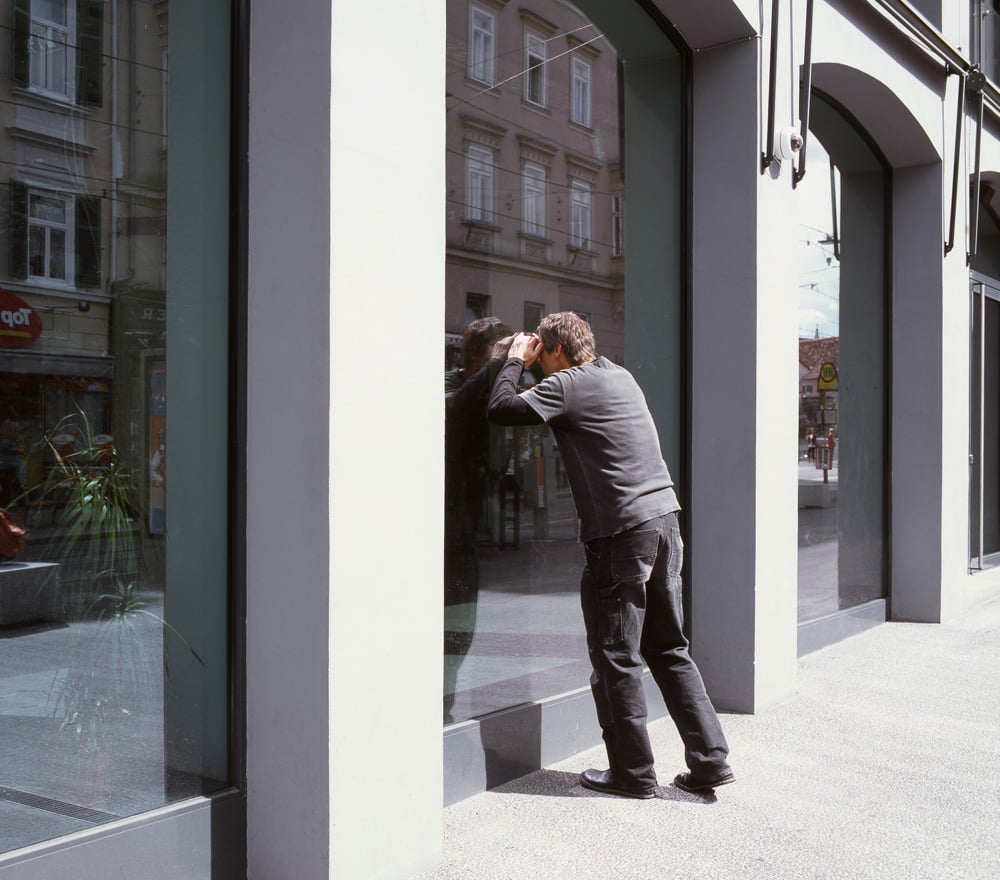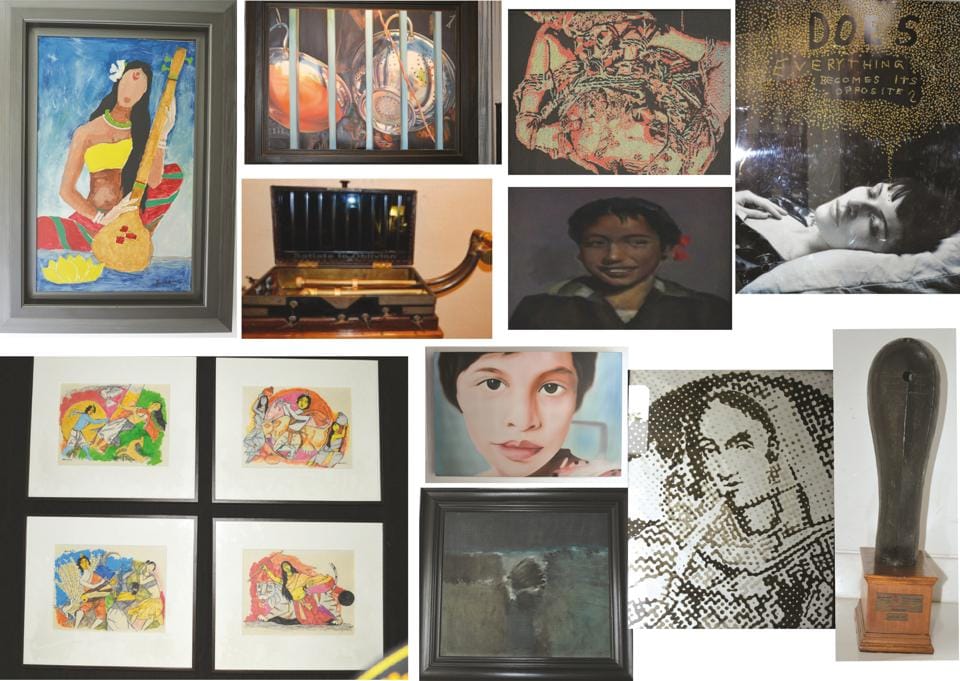Dream Machines
2004 - Installation (Installation)
Loris Gréaud
This work refers to the “Dream Machines”, an experimental object invented by the painter and writer Brion Gysin and the scientist Ian Sommerville, and which is composed of a light bulb with light passing through slits in a rotating cylinder. Loris Gréaud revisits the structural mechanism; the light variations, following the frequency shift of the “ Dream Machines”,, which is transcribed here by the undulations of the light produced by the filament lamps. Beyond this technological reference, the artist also quotes stories, legends, rumors about this invention in order to crystallize them in a contemporary technological object. The light frequency generates mental images, physiologically modifying the information transmitted to the brain via the optical nerve and psychologically modifying the state of consciousness of the spectator. These changes in vision need to be experienced in the entire space of the exhibition – as was the case during Silence Goes More Quickly When Played Backwards at Le Plateau, Paris, in 2005. Dream Machines , to be seen with eyes closed, was in parallel with another of his works in the Kadist collection, CFL, watercress shoots that the spectator was invited to consume in order to better perceive in the dark space. The three lightboxes create a screen and the spectator’s mental images are projected on this surface. Gréaud removed the screen from its usual rationales as an optical device, to allow the gaze to enter the imaginary.
Research by Loris Gréaud is pieced together in the exhibition space in effort to build a total work of art and a world view. “Cellar Door,” his solo exhibition held at the Palais de Tokyo in 2008, is constructed like a movie set, spanning across divergent processes and temporalities. Gréaud’s work, extracted from science fiction literature, technology, and science, questions immateriality as well as the real and the virtual. He is known to make references to Yves Klein in “The Merzball Pavilion” (2008), to spread the smell of the planet Mars in “Spirit” (2005), to remodel an apartment magnetic fields specialist in “Residents 1” (2005), to send messages in Morse code by light in “Limen” (2003), and create nanosculptures with “Untilted01” (2006). The artist does not make the invisible visible, but instead makes the invisible readable. “These notions of invisibility and off-screen non-presence are engines of desire” Gréaud states. Paul Ardenne when speaking about Gréaud referred to him as the “artist as phenomenologist,” describing his works and their high degree of sophistication as a “phenomenological subject.” Loris Gréaud was born in 1979 in Eaubonne, France. He lives and works in Paris.
Colors:
Other related works, blended automatically
» see more

© » KADIST
Loris Gréaud
2004The acronym “CFL” stands for an existing light standard (Compact Fluorescent Light) as well as a standard nutrient (Cognitive Fooding Laboratory)...
Related works sharing similar palette
» see more

© » KADIST
Adrien Missika
2013Adrien Missika follows in the footsteps of the Brazilian landscape architect and artist Roberto Burle Marx (1909-1994), a designer of gardens, parks and promenades who introduced modern landscape architecture to Brazil...
Other works by: » Loris Gréaud
» see more

© » KADIST
Loris Gréaud
2004The acronym “CFL” stands for an existing light standard (Compact Fluorescent Light) as well as a standard nutrient (Cognitive Fooding Laboratory)...
Related artist(s) to: Loris Gréaud » Jonathan Monk, » Hans Ulrich Obrist, » Jennifer Bornstein, » Jens Hoffmann, » Joachim Koester, » Joan Jonas, » Lee Ranaldo, » Matthew Brannon, » Nicolas Bourriaud, » Olafur Eliasson
» see more

© » KADIST
Jennifer Bornstein
1994Collectors’ Favorites is an episode of local cable program from the mid-1990s in which ordinary people were invited to present their personal collections—a concept that in many ways anticipates current reality TV shows and internet videos...

© » KADIST
Joachim Koester
2007Tarantism is the name of disease which appeared in southern Italy, resulting from the bite of a spider called Tarantula...
Related works found in the same semantic group
» see more

© » KADIST
For his exhibition at Yerba Buena Center for the Arts, Koester presents his recent work Of Spirits and Empty Spaces (2012), a 16mm film about the American spiritualist and activist John Murray Spear who, along with his congregates at the The Domain, a settlement within the borders of rural New York and Pennsylvania in 1861, sought the designs for a new sewing machine through trance and movement...

© » KADIST
Daria Martin
2004Soft Materials is a curious, touching but also disturbing sequence of confrontations between two people: a man and a woman, and machines...

© » KADIST
Fabien Giraud & Raphael Siboni
2018– In which an intelligence going back to its place of origin discovers the agony of gods on which it thrives – Seventh and last episode of The Unmanned , “a flood” is set in 1542 as the first conquistadors enter the land later to be known as the Silicon Valley...






